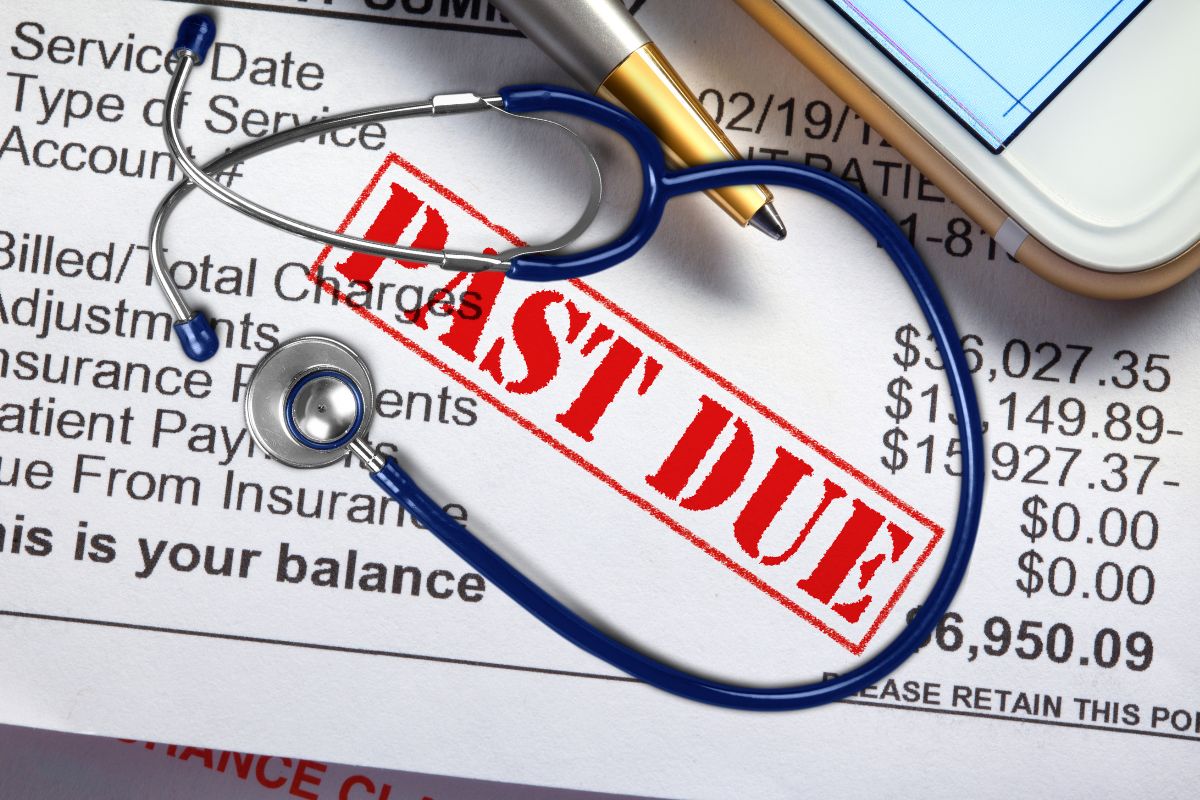This represents a dramatic shift from a previous time when most debtors were uninsured.
The majority of people who have debt to American hospitals are individuals who are covered by health insurance, according to data recently released by medical billing analysts.
Patients with coverage are often still unable to pay the bills they receive from hospitals.
“We always used to consider bad debt, especially bad debt write-offs from a hospital perspective, those [patients] that have the ability to pay but don’t,” said Kodiak Solutions senior vice president Colleen Hall. Kodiak Solutions is the billing, accounting and consulting firm that conducted the analysis that led to the conclusion about the debts accumulating among those who have health insurance coverage. “Now, it’s not as if these patients across the board are even able to pay, because [out-of-pocket costs are] such an astronomical amount related to what their general income might be.”

While “bad debt” has its own controversy surrounding it in terms of its use as a measure, hospital billing industry workers tend to use it as an indicator of the way that coverage’s complexity has left the insured with a spectrum of out-of-pocket costs that have gone on to leave them in debt.
The medical debt situation appears to be getting worse, even for people who have health insurance.
“What we noticed was a breaking point right around the 2018-2019 timeframe,” explained Kodiak Solutions director of revenue cycle intelligence Matt Szaflarski. Since that time, the trend has evened out but still represents over half of all the “bad debt” to which the analysis referred.
In 2018, 11.1 percent of the bad debt carried by hospitals stemmed from insured “self-pay” accounts and from patients who had health insurance coverage but through which the policy required that out-of-pocket payments be made, said the Kodiak analysis. By two years ago, that figure had exploded to the point that 57.6 percent of bad debt carried by hospitals belonged to those with coverage.
The analysis was based on data from Kodiak’s own database, which includes all the billing transactions processed by over 1,800 hospitals across the United States. That represented just under one third of all US hospitals.

